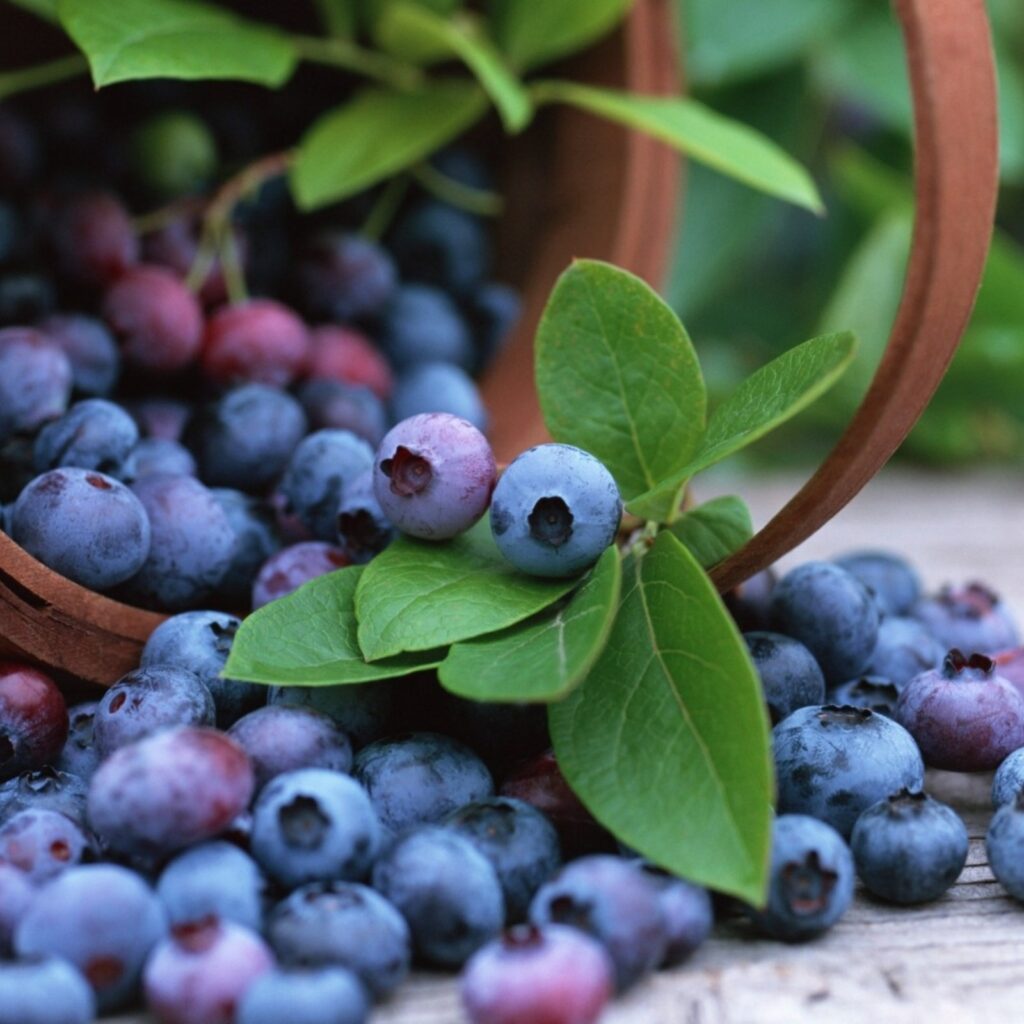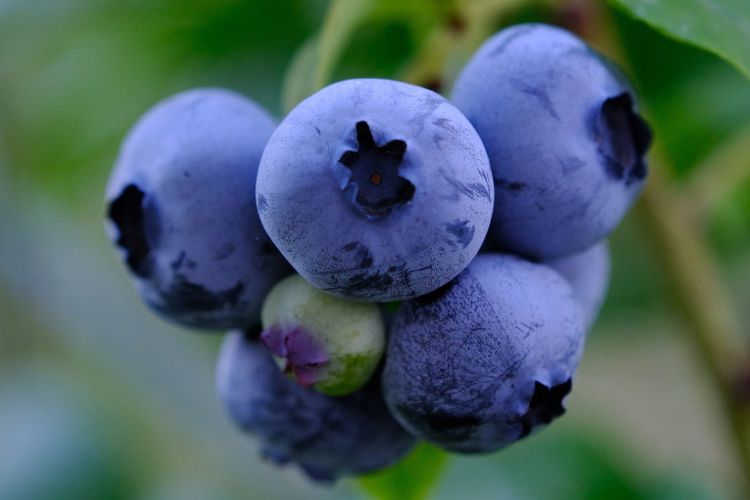Blueberries, the small, sweet, and nutrient-packed berries, have grown into one of the most popular fruits in the world. Once primarily cultivated in North America, the global blueberry industry has rapidly expanded, now covering farms and orchards across every continent except Antarctica. Whether used in breakfast cereals, smoothies, desserts, or eaten fresh, the demand for blueberries continues to soar—driven by growing health awareness and a shift toward antioxidant-rich foods.
In this article, we’ll explore the global blueberry production trends, including the top-producing countries, how cultivation is evolving, and what’s driving the remarkable growth of this vibrant fruit.
Why Blueberries Are in High Demand

Before diving into production rankings, it’s worth understanding why blueberries are such a hot commodity:
- Health Benefits: Blueberries are rich in antioxidants, particularly anthocyanins, which support heart health, brain function, and may help fight inflammation.
- Versatile Use: From fresh consumption to frozen, dried, juiced, or baked into countless products, blueberries have wide culinary and commercial applications.
- Year-Round Demand: With more consumers looking for healthy, natural snacks year-round, the blueberry market benefits from global trade and staggered harvests.
Global Blueberry Production at a Glance

According to the International Blueberry Organization (IBO), global production of cultivated blueberries surpassed 1.8 million metric tons in 2023, up from just 300,000 metric tons two decades ago. The growth is led by both traditional powerhouses and emerging new players.
Let’s explore the top blueberry producers globally.
Top Blueberry Producing Countries: Global Rankings
1. China
- Annual Production (2023): Approx. 525,000 metric tons
- Key Growing Regions: Shandong, Liaoning, and Guizhou provinces
- Highlights:
- China has quickly become the world’s largest producer of blueberries.
- The industry is heavily supported by government-backed agricultural development initiatives.
- While a large portion is consumed domestically, China is beginning to enter the global export market.
2. United States
- Annual Production: Approx. 320,000 metric tons
- Key States: Washington, Oregon, Michigan, Georgia, and New Jersey
- Highlights:
- The U.S. is a pioneer in blueberry cultivation, especially in highbush varieties.
- It remains a major exporter, especially to Canada, Europe, and Asia.
- U.S. farms emphasize both organic and conventional blueberry cultivation.
3. Peru
- Annual Production: Approx. 285,000 metric tons
- Key Regions: La Libertad, Lambayeque, Ancash
- Highlights:
- Peru is now the world’s leading exporter of fresh blueberries.
- Thanks to its unique coastal climate and year-round growing conditions, Peru has become a major off-season supplier to North America and Europe.
- Production has grown over 10x in the last decade.
4. Chile

- Annual Production: Approx. 180,000 metric tons
- Key Regions: Maule, Bío Bío, Ñuble
- Highlights:
- Chile was once the top exporter but has been overtaken by Peru in recent years.
- Still remains a crucial supplier during the Northern Hemisphere’s winter months.
- Focus on expanding organic production and improving fruit shelf life for export.
5. Poland
- Annual Production: Approx. 120,000 metric tons
- Key Regions: Mazowieckie, Podlaskie
- Highlights:
- The largest blueberry producer in Europe.
- Known for high-quality fruit used for both fresh markets and processing.
- Poland benefits from strong EU demand and robust internal consumption.
6. Canada

- Annual Production: Approx. 110,000 metric tons
- Key Provinces: British Columbia, Nova Scotia, Quebec
- Highlights:
- Canada is home to both wild lowbush and cultivated highbush varieties.
- Particularly strong in wild blueberry production used for juices, jams, and frozen products.
- Exports mainly to the U.S., Europe, and Asia.
7. Spain
- Annual Production: Approx. 70,000 metric tons
- Key Region: Huelva (Andalusia)
- Highlights:
- A rising European supplier, particularly in the early-season window (March-May).
- Focused on fresh exports to EU nations.
- Advanced irrigation and greenhouse technology boost yields.
8. Mexico
- Annual Production: Approx. 65,000 metric tons
- Key Regions: Jalisco, Michoacán, Baja California
- Highlights:
- A fast-growing producer catering to the U.S. and Canadian markets.
- Known for extended harvest periods and proximity to North America.
- Investments in sustainable and organic farming are on the rise.
9. South Africa
- Annual Production: Approx. 35,000 metric tons
- Key Areas: Western Cape, Limpopo
- Highlights:
- South Africa’s blueberry industry is export-focused, supplying Europe and the Middle East.
- Production continues to expand rapidly due to favorable climate and labor availability.
10. Ukraine
- Annual Production: Approx. 25,000 metric tons
- Highlights:
- Despite facing geopolitical challenges, Ukraine remains a major Eastern European producer.
- Most production is targeted for the EU market.
Emerging Blueberry Producers to Watch

As global demand grows, several other countries are ramping up their blueberry farming efforts:
- India: Though still in experimental stages, Indian farmers in Himachal Pradesh and the Nilgiris are exploring blueberry cultivation.
- Australia: Increasing production and exports to Southeast Asia.
- Morocco: A strategic early-season exporter to Europe.
- Argentina: Still relevant, though exports have declined due to climate issues and competition.
Trends Reshaping Blueberry Production
1. Year-Round Supply Chains
With growers scattered across both hemispheres, blueberries are now available year-round in most global markets. This has led to:
- Overlapping harvest windows
- Improved logistics and cold-chain infrastructure
- Fresh exports becoming more profitable than processed products
2. Shift Toward Organic and Sustainable Farming
Consumers increasingly demand berries that are:
- Pesticide-free
- Fair trade certified
- Grown using water-saving or regenerative practices
This shift is influencing farming practices, especially in North America and Europe.
3. Technological Advancements
From drone monitoring and precision irrigation to genetic improvements in blueberry cultivars, technology is boosting yields, improving shelf life, and enhancing berry flavor and size.
4. Market Diversification
Countries that once depended only on the U.S. or EU for blueberry exports are now shipping to:
- Southeast Asia (Thailand, Vietnam)
- The Middle East (UAE, Saudi Arabia)
- East Asia (Japan, South Korea, China)
This diversification reduces risks and stabilizes prices.
Conclusion: The Blueberry Boom Is Here to Stay
Global blueberry production has experienced explosive growth—and all signs suggest that this trend will continue. With increasing health consciousness, rising middle classes in developing nations, and improvements in farming technology, the world’s appetite for blueberries is only getting stronger.
Whether it’s the precision farms of Peru or the vast wild fields of Canada, blueberries are a global success story in modern agriculture. As more countries join the race, the next few years will reveal new leaders and further innovation in this thriving sector.





